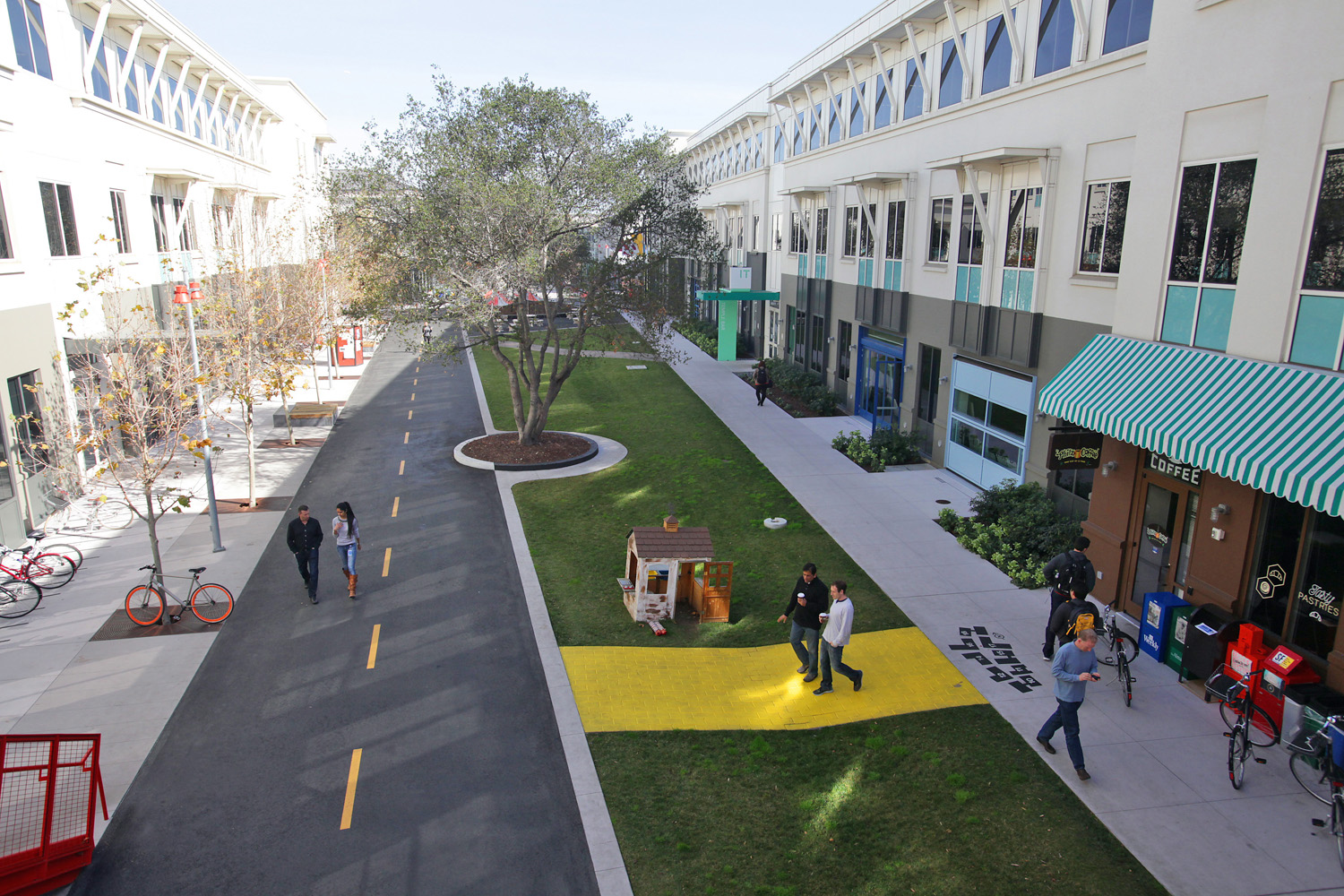
This post is in partnership with 24/7 Wall Street. The article below was originally published on 247WallSt.com.
Based on the most recent release of the Human Development Index by the United Nations Development Programme, 24/7 Wall St. reviewed the most and least livable countries. Data from the Human Development Index is based on three dimensions of human progress — having a long and healthy life, being knowledgeable, and having a good standard of living. According to the index, Norway is the most livable country in the world, while Niger is the least livable.
One factor that influences a country’s development is its income. The U.N. used gross national income in its calculation of the Human Development Index to reflect the standard of living in a country. In the most developed countries, gross income per capita is generally quite high. All of the world’s 10 most livable countries had among the top 30 gross national incomes per person. The top-rated country, Norway, had the world’s sixth highest gross national income per capita of $63,909.
At the other end of the spectrum, the world’s least developed countries typically had very low incomes. Six of these 10 least livable nations were among the bottom 10 countries by gross national income per capita. The Democratic Republic of the Congo, which had the lowest gross national income per capita in the world, at just $444 last year, was the second least developed country worldwide.
Click here to see the 10 most livable countries
Similarly, these countries also generally had extremely high percentage of their populations living on just $1.25 a day or less, adjusted for purchasing power. In the Democratic Republic of the Congo and in Burundi, more than 80% of the population lived on less than $1.25 per day.
Life expectancies, another factor considered in the Human Development Index, were also far better in highly developed nations. Switzerland, Australia, and Singapore were all among the top rated countries with life expectancies greater than 82 years for individuals born in 2013. By this metric, the United States is a relative laggard. The median life expectancy at birth in the U.S. of 78.9 years was ranked just 38th worldwide.
For individuals born in the world’s least developed nations, the average life expectancy was far lower. In all but one of these nations, a person born in 2013 had a life expectancy of less than 60 years. Sierra Leone, the fifth-lowest ranked nation, had the worst life expectancy, at just 45.6 years.
Sadly, among the factors contributing to these low life expectancies are, almost certainly, high mortality rates for infants and young children. Sierra Leone, which had the lowest life expectancy, also had the highest mortality rates for infants and children under five, at 117 deaths and 182 deaths per 1,000 live births.
Education also plays a role in determining development. In all but one of the most developed countries, residents aged 25 and older spent an average of more than 12 years in school. By contrast, in all of the world’s least developed countries, adult residents had less than four years of education on average.
ALSO READ: America’s Most (and Least) Educated States
The most and least developed nations also tend to be clustered geographically. Five of the 10 most developed countries are located in Europe. All of the least developed nations, on the other hand, are located in Africa, where political turmoil, health crises, and lack of infrastructure are far more common.
Despite their low scores, however, several of the world’s least developed nations have worked towards improving their economies in recent years, and their Human Development Index scores have improved as well. Mozambique is perhaps the best example. While it is still the 10th lowest rated nation, its score had risen by 2.5% per year between 2000 and 2013, faster than almost all other countries globally. Burundi’s score also rose substantially, by 2.3% per year in that time.
To identify the most and least developed nations, 24/7 Wall St. reviewed the latest Human Development Index figures published by the U.N. The index included three dimensions made up of select metrics. The health dimension incorporated life expectancy at birth. The education dimension was based on the average and expected years of schooling, for adults 25 and older and newly-enrolled children, respectively. The standard of living dimension was determined by gross national income per capita. We also considered other statistics published by the U.N. alongside the index, including inequality measures, mortality measures, poverty rates, and expenditures on health and education as a percent of gross domestic product (GDP). All data are for the most recent period available.
These are the most livable countries:
1. Norway
> Human Development Index score: 0.944
> Gross nat’l income per capita: $63,909 (6th highest)
> Life expectancy at birth: 81.5 years (13th highest)
> Expected years of schooling: 17.6 years (6th highest)
According to the Human Development Index, no country is more livable than Norway. Relative to the country’s population of just 5 million, Norway’s economy is quite large. Norway had a gross national income of $63,909 per capita last year, more than all but five other nations. Oil revenue has helped Norway become quite wealthy and accounts for a majority of the country’s exports. Like several other highly-developed countries, and Scandinavia in particular, 100% of retirement age Norway residents receive a pension. Norwegians also enjoy particularly good health outcomes. There were just two deaths per 1,000 live births in 2012, tied for the lowest infant mortality rate.
2. Australia
> Human Development Index score: 0.933
> Gross nat’l income per capita: $41,524 (20th highest)
> Life expectancy at birth: 82.5 years (4th highest)
> Expected years of schooling: 19.9 years (the highest)
Australia had one of the longest life expectancies in 2013, at 82.5 years. Residents 25 and older had also spent more time in school than adults in any other country, at 12.9 years on average as of 2012. Australia’s per capita gross national income of $41,524 last year was roughly on par with other highly developed countries. Additionally, at 5.2% last year, the country’s unemployment rate was far lower than similarly developed countries in Europe as well as the United States. Australia’s economy has benefitted tremendously from a mining boom in recent years, although the economy is currently rebalancing as iron ore prices have dropped and gorwth in China — a major trade partner — has slowed.
3. Switzerland
> Human Development Index score: 0.917
> Gross nat’l income per capita: $53,762 (9th highest)
> Life expectancy at birth: 82.6 years (3rd highest)
> Expected years of schooling: 15.7 years (28th highest)
Known for its political and economic stability, Switzerland also had the third highest life expectancy out of all countries reviewed, behind only Japan and Hong Kong. Switzerland’s gross national income was $53,762 per capita in 2013, higher than all but a few countries reviewed. Switzerland also scored among the highest in terms of gender equality, with exceptionally high female labor participation and educational attainment rates. In addition, there were less than two teen pregnancies per 1,000 people reported in 2010, nearly the lowest adolescent birth rate. Foreigners, however, may not necessarily have option of moving to this highly livable country. Switzerland, which is not part of the European Union, recently approved quotas and other controls on immigration.
4. Netherlands
> Human Development Index score: 0.915
> Gross nat’l income per capita: $42,397 (17th highest)
> Life expectancy at birth: 81.0 years (18th highest)
> Expected years of schooling: 17.9 years (5th highest)
The Netherlands is among the more equitable countries measured by the United Nations, with a Gini coefficient far lower than that of the United States and a number of other highly developed nations. The country also scored well in gender equality due to its low maternal mortality rate, low teen birth rate, and the high level of female representation in parliament. Last year, 37.8% of representatives in parliament in the Netherlands were women, well above the 18.2% in the U.S. Congress.
For the rest of the list, please click here.
See the 10 Healthiest Cities to Live in America










More Must-Reads from TIME
- Donald Trump Is TIME's 2024 Person of the Year
- Why We Chose Trump as Person of the Year
- Is Intermittent Fasting Good or Bad for You?
- The 100 Must-Read Books of 2024
- The 20 Best Christmas TV Episodes
- Column: If Optimism Feels Ridiculous Now, Try Hope
- The Future of Climate Action Is Trade Policy
- Merle Bombardieri Is Helping People Make the Baby Decision
Contact us at letters@time.com